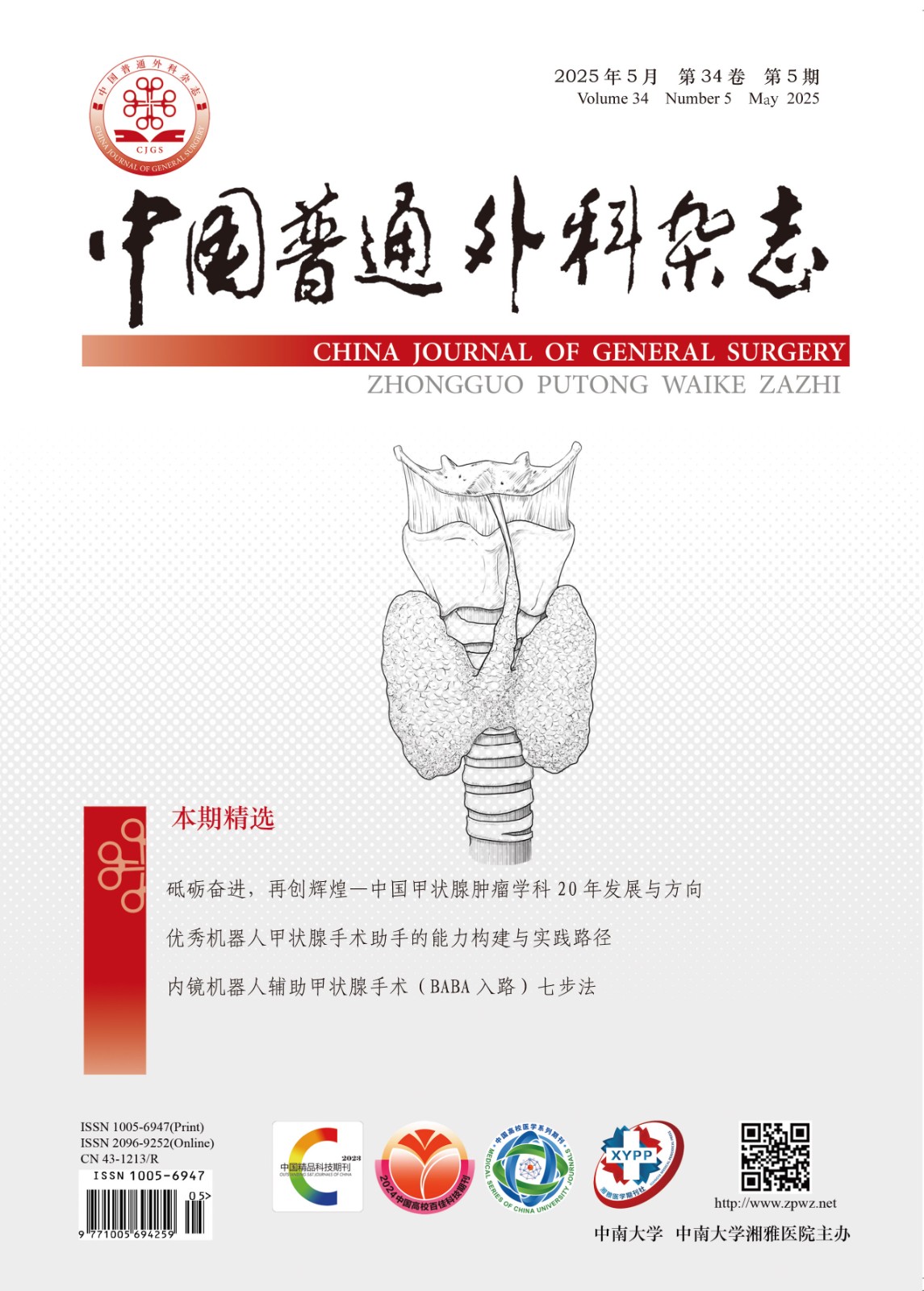Abstract:Objective: To investigate the clinical characteristics, diagnostic method and surgical procedures of duodenal gastrointestinal stromal tumors (DGISTs), and the relations of postoperative survival with various clinical factors.
Methods: The clinical data of 46 DGIST patients admitted in Xiangya Hospital over the past 11 years were retrospectively analyzed.
Results: Among the DGIST patients, the major symptoms were upper alimentary tract hemorrhage and abdominal distending pain or discomfort, and the most commonly involved region was the descending part of the duodenum. Twenty-two patients received local tumor excision (LE), 16 patients underwent segmental duodenectomy (SD), 6 patients were subjected to pancreaticoduodenectomy (PD), and two patients refused operative treatment (one died and one was lost to follow-up). Forty-four patients were followed up after surgery, at which time, 28 cases had survived, 6 cases and died, and 10 cases were lost to follow-up. Postoperative complications occurred in 4 patients; one of them developed duodenal fistula after LE and recovered after conservative treatment, and three cases developed pancreatic fistula following PD, of whom, one died of hemorrhagic shock and the other two recovered after conservative treatment. The mean survival time was (35.4±28.7) months, and the differences in postoperative survival among the groups divided according to gender, age, tumor size, tumor recurrence risk classification, tumor location and surgical procedures showed no statistical significance (all P>0.05).
Conclusion: CT, endoscopy and ultrasound endoscopy are the main approaches for preoperative diagnosis of DGISTs. Complete resection is the primary treatment for this condition and the postoperative survival is not associated with gender, age, tumor size, tumor recurrence risk classification, tumor location or surgical procedures.

